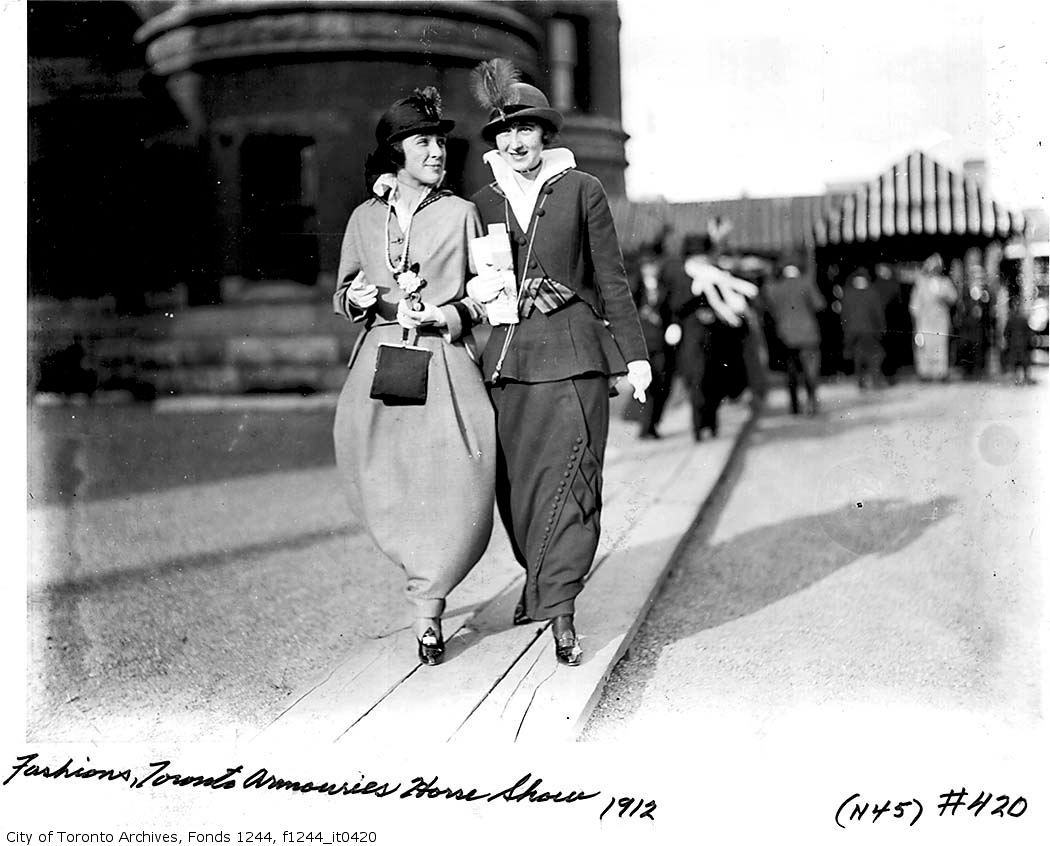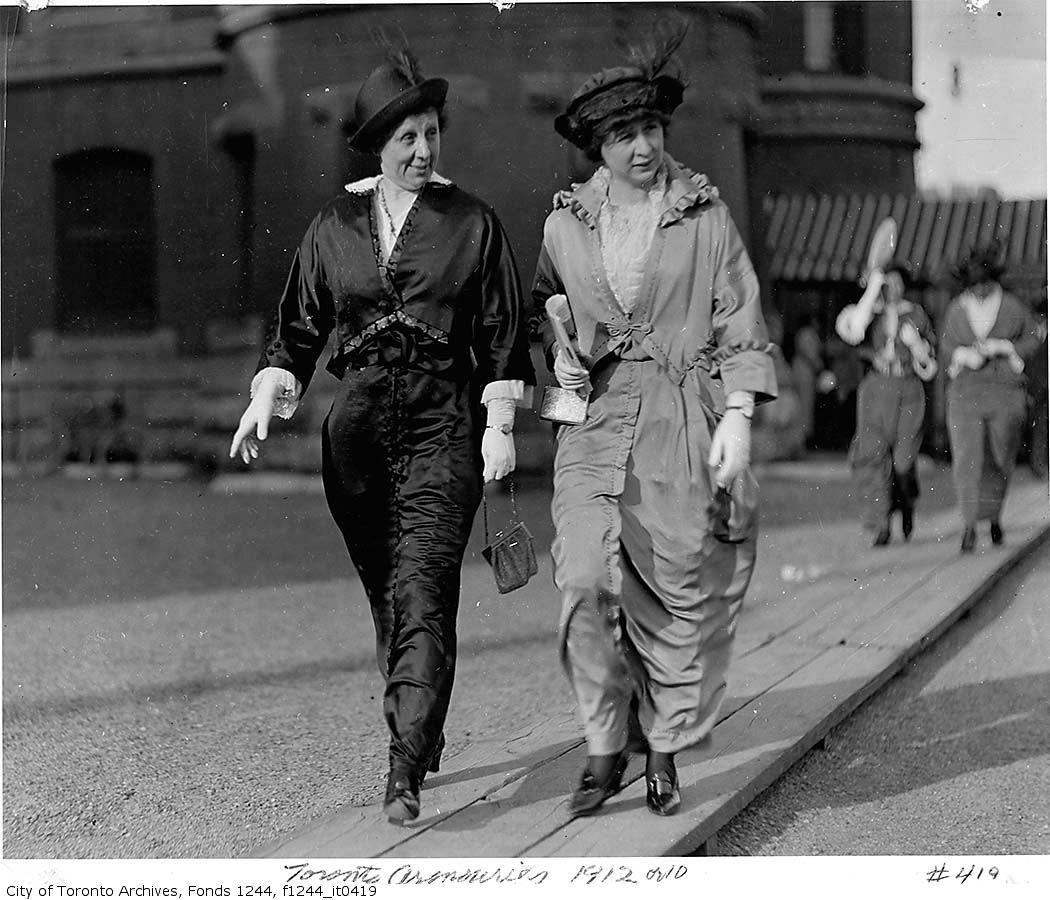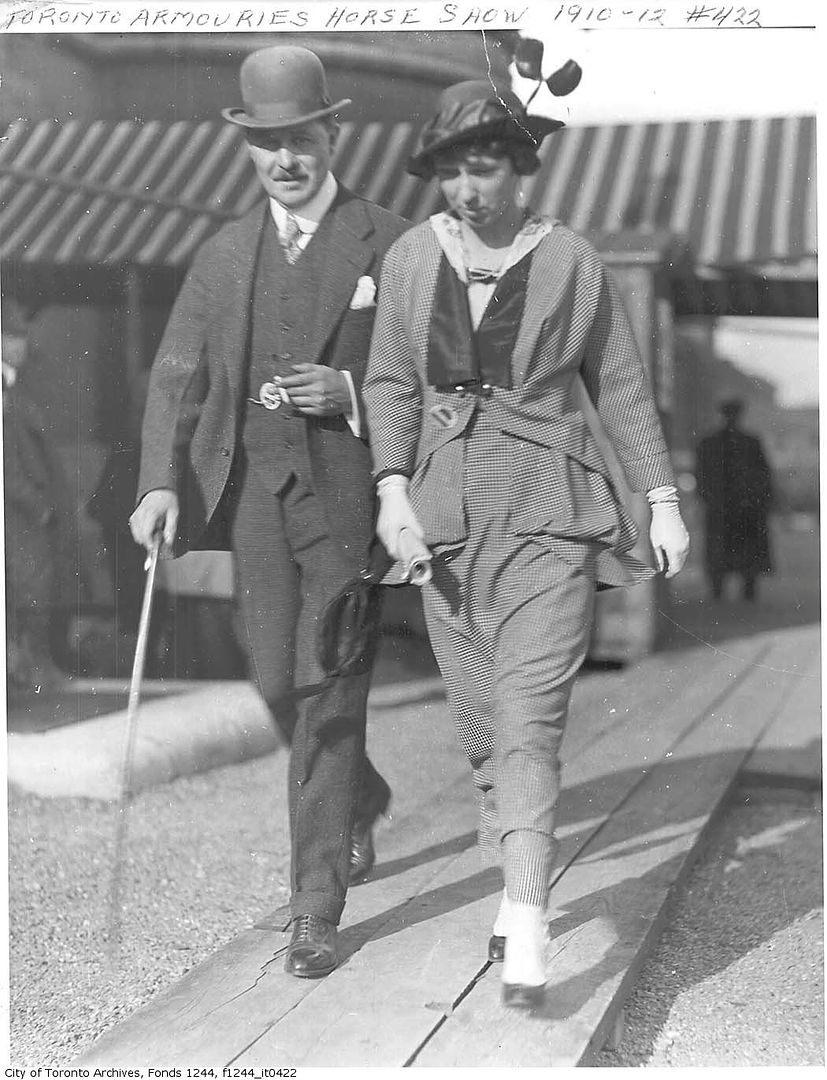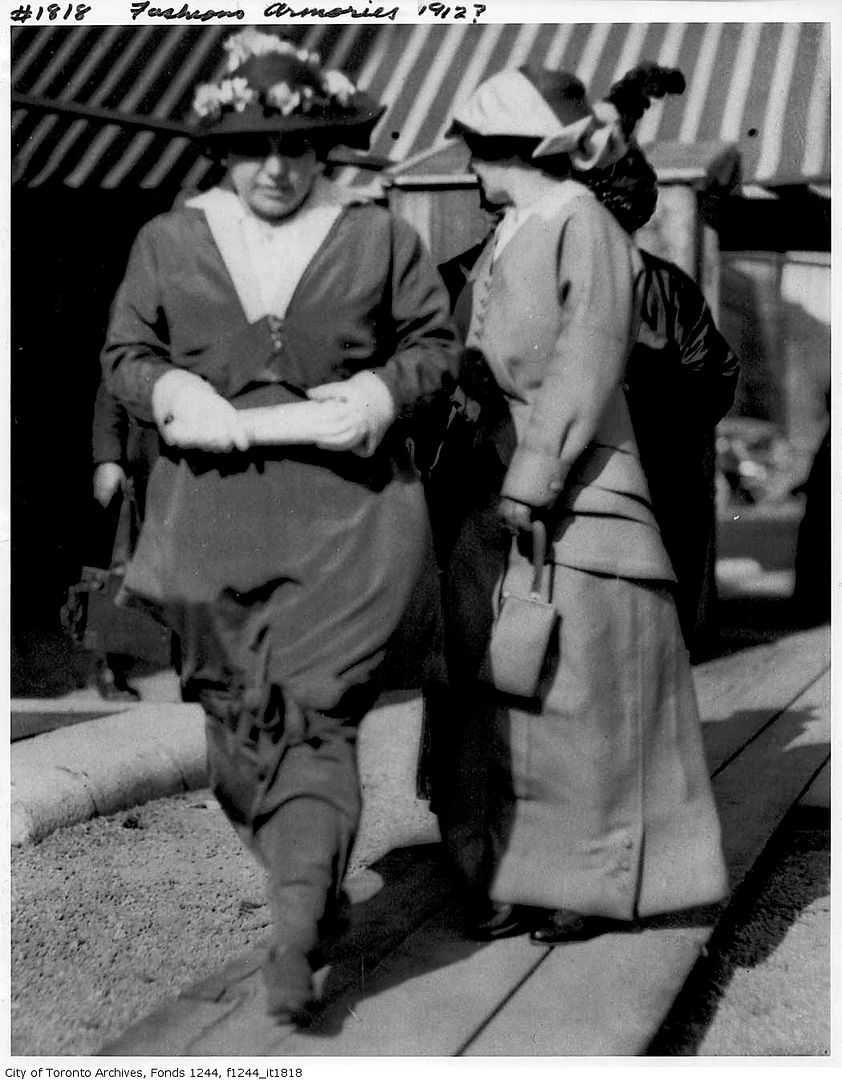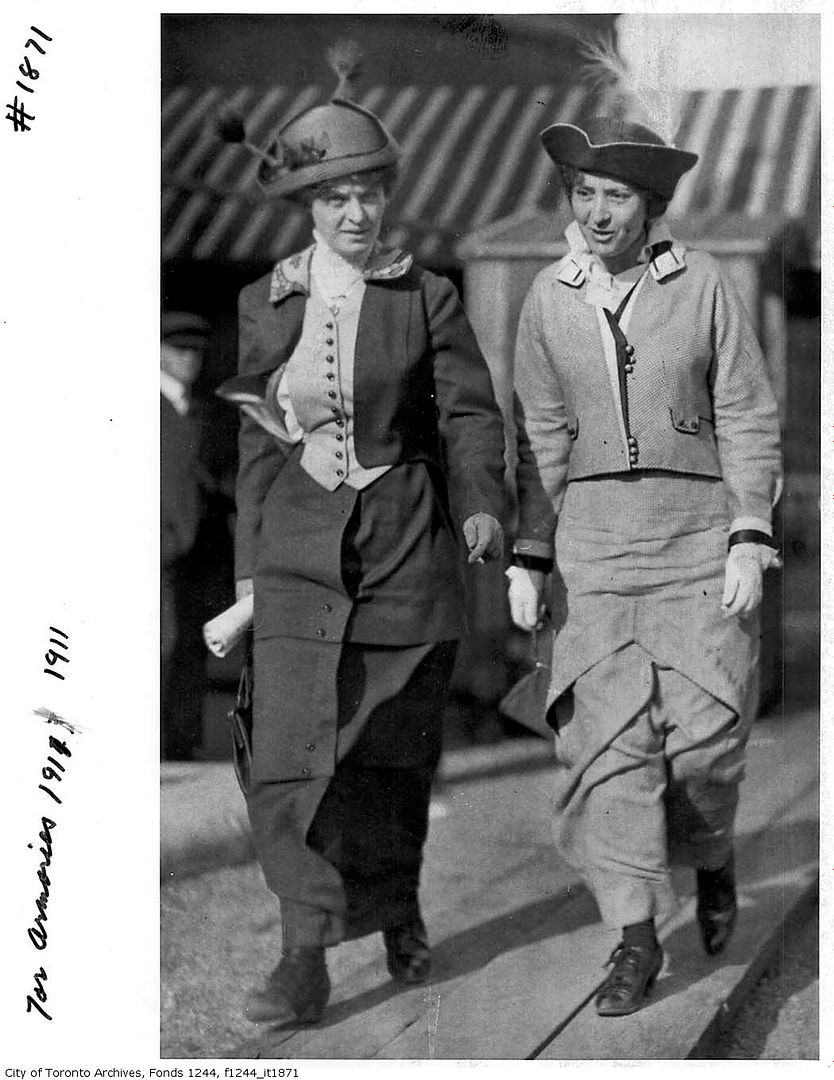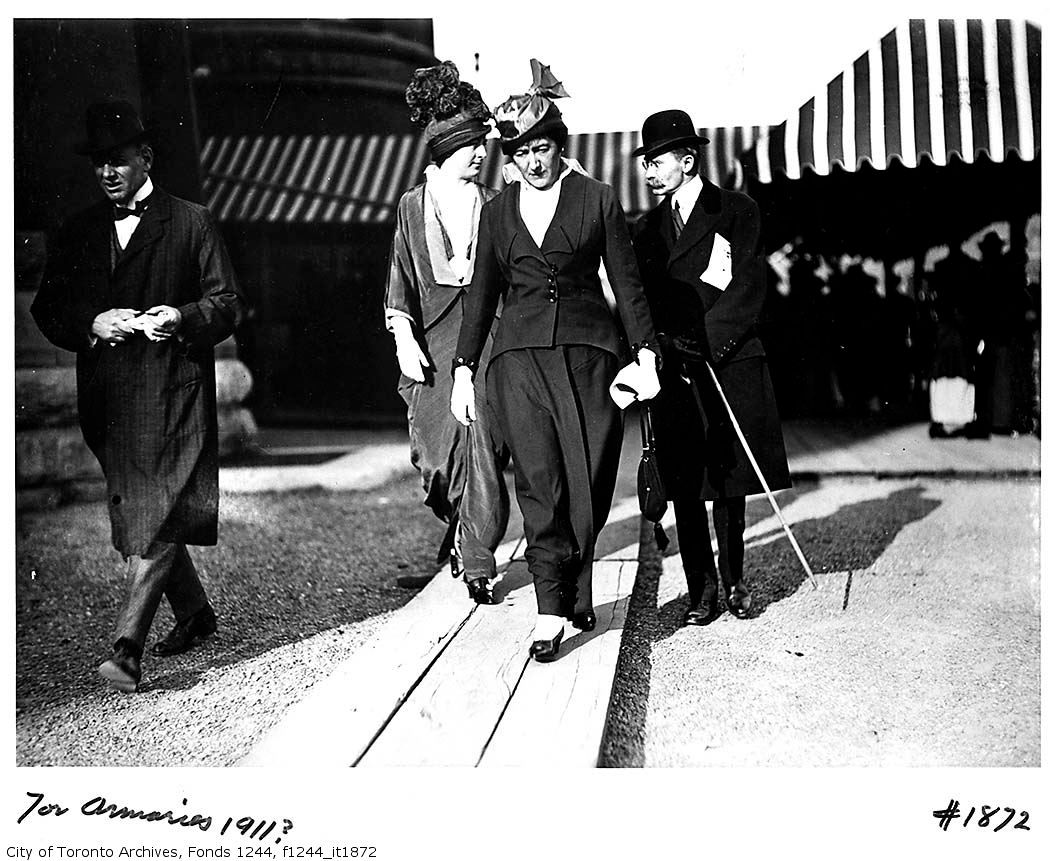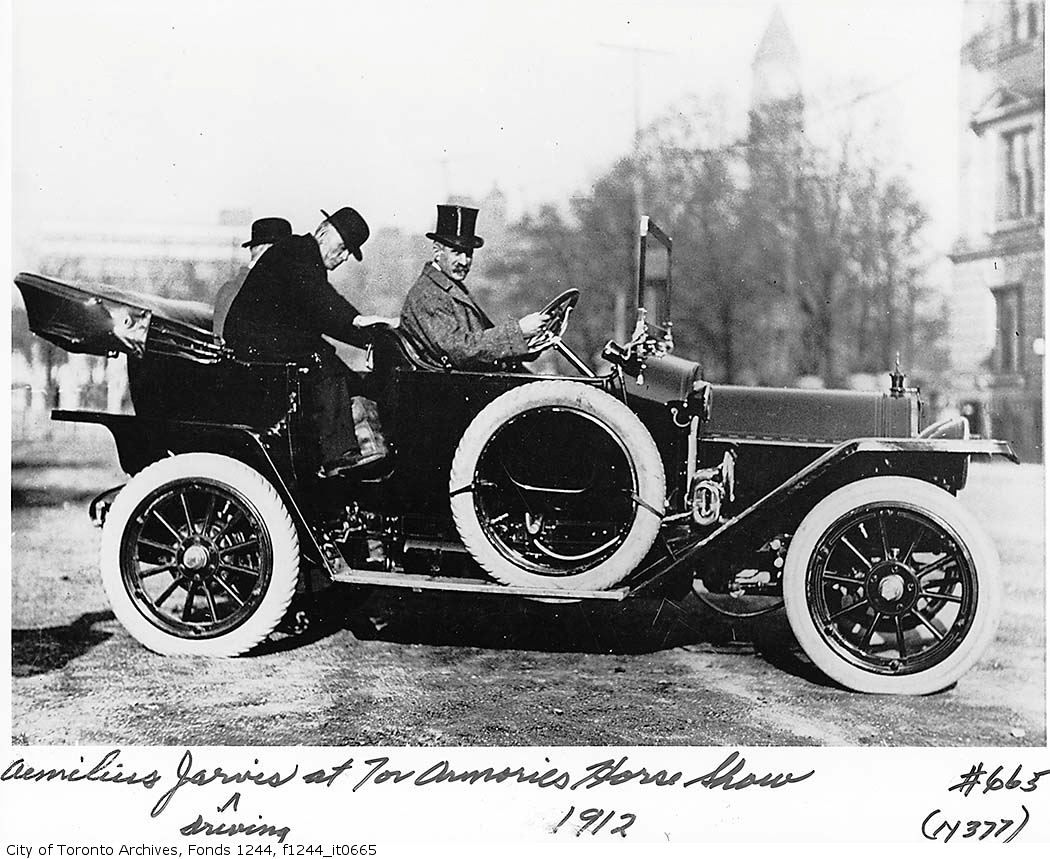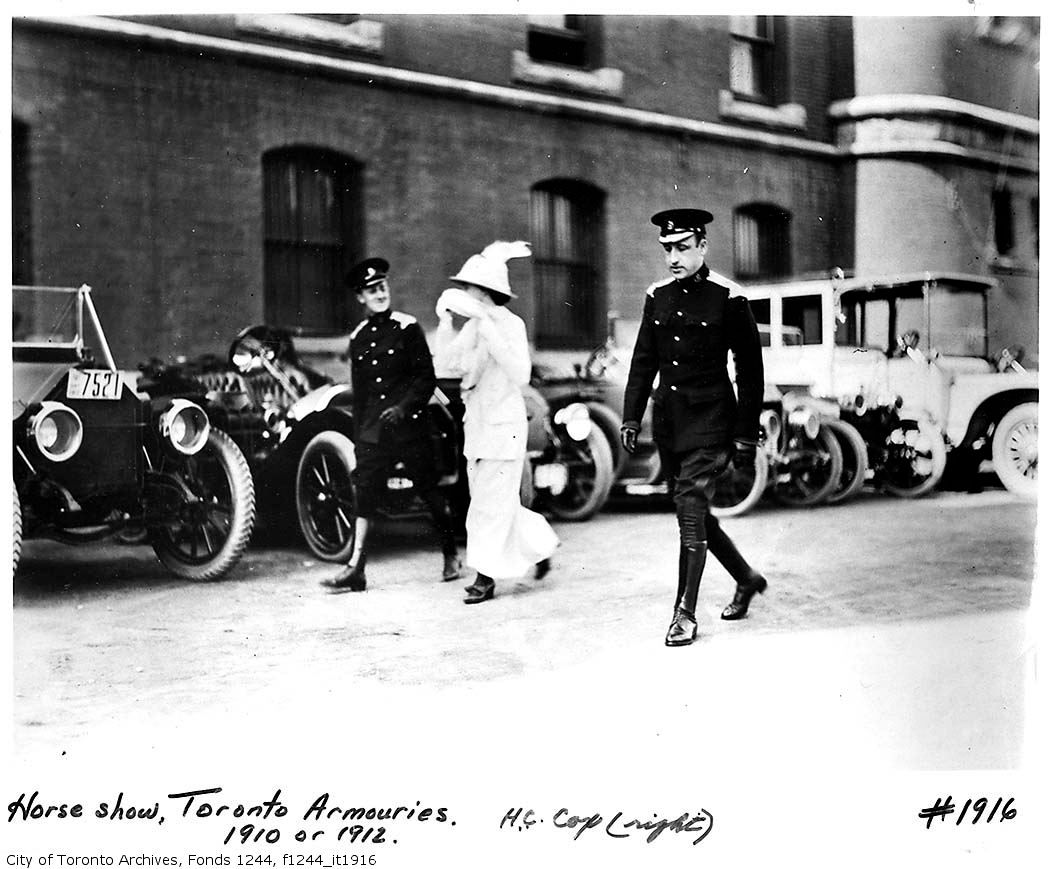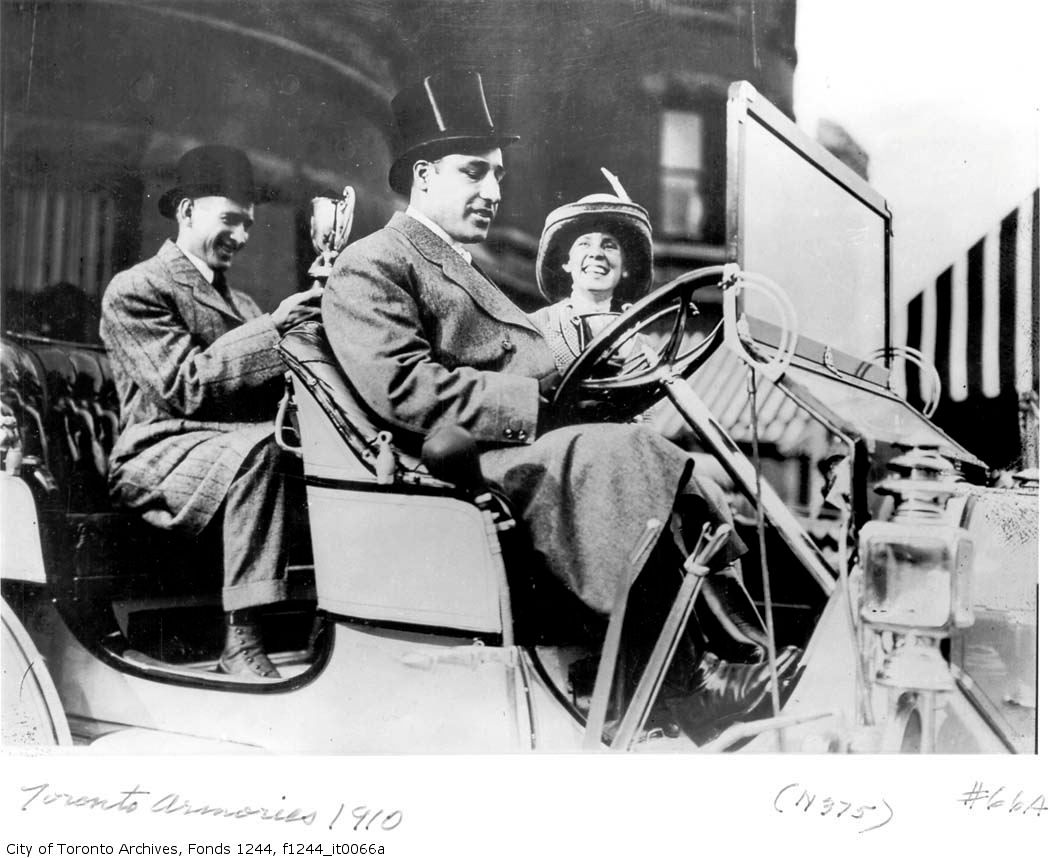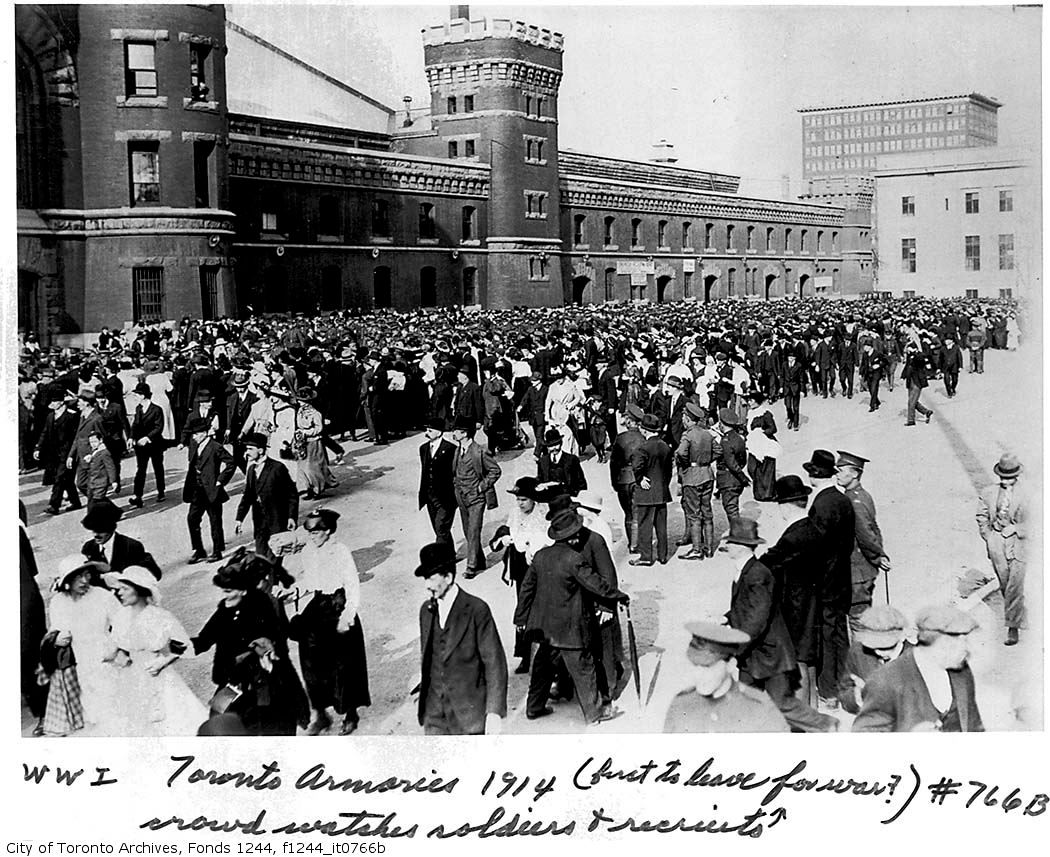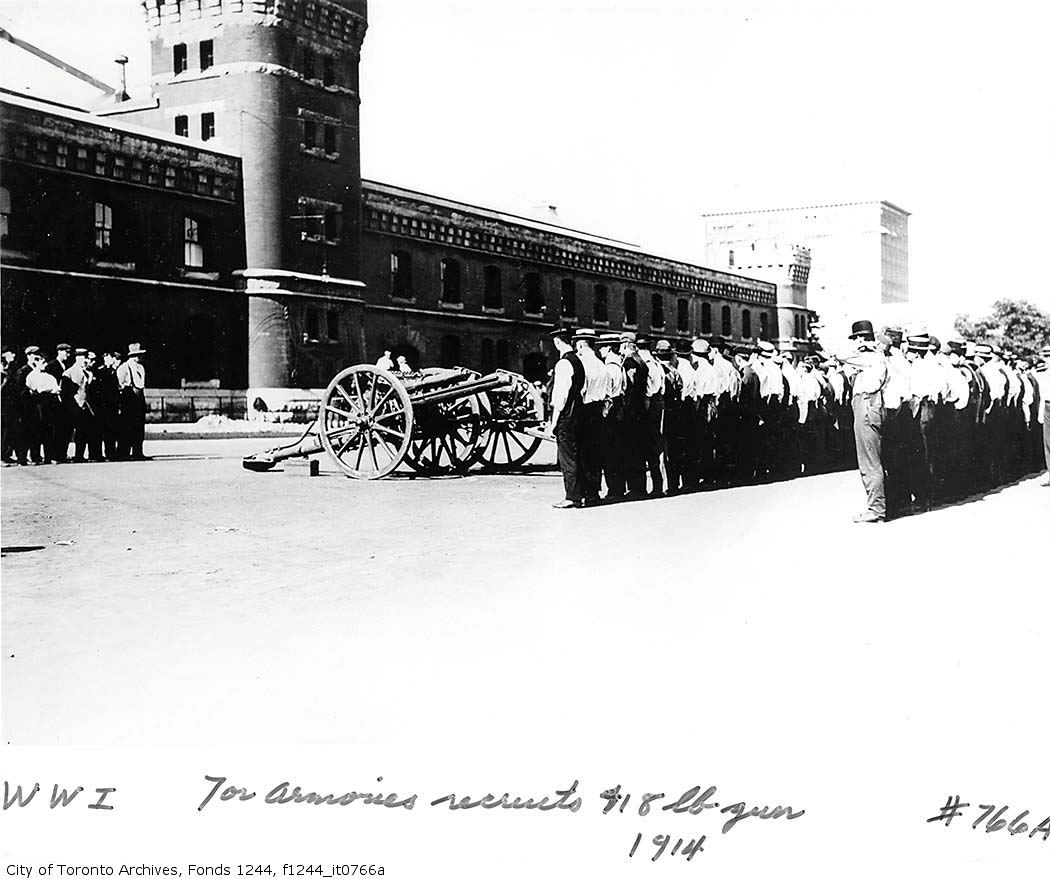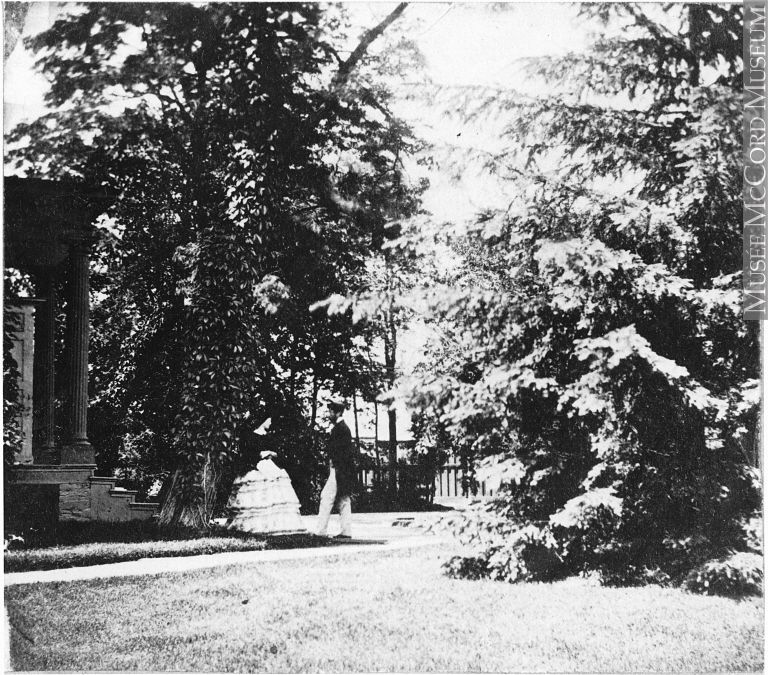The smell of manure with a hint of coal smoke would probably predominate. Perhaps an odd smell or two drifting up from the factories around and south of King, not to mention the gas works.
A further thought. It's interesting (to me) that we can see what Toronto looked like through photos and remaining buildings. There are clothes preserved from that era, so we can have an idea of what the people looked like. We can easily experience, or imagine, the relative cold or warmth of houses, offices, factories; the comfort or lack thereof provided by furniture. We can easily imagine the sense of scale provided when walking or horse was how you travelled around the city. But one thing we can never really gauge, is what Toronto smelt like. The combinations of odours long gone (coal smoke, for example) or very rare in the city these days (massive quantities of dung) are nearly impossible to recreate or imagine. How much more evocative would smelling old Toronto be?
You’re right—the sense of smell, like the sense of hearing, is difficult to retrospectively comprehend. Of course, if photographs had never been invented we wouldn’t really know what things used to look like either. While there have always been paintings of city scenes etc, they are for obvious reasons not very reliable guides.
In any case, you’re correct in pointing out that the world was a far different place at the olfactory level. I would say that it was quite a bit simpler than the present time, as their were no synthetic fragrances or smells. Every smell had a very specific origin—easily traced. You’ve rightly pointed out coal smoke and manure; some other common smells that come to mind would be beer, tobacco, sex, wood smoke, urine, sewage, dander, mulch, and cooking smells such as baking, cooking meat, or the smell of cabbage.
there would also be the
general ambience of 'smells of nature' that charioteer has pointed out would predominate once one moved out of 'downtown'. these would obviously be far sweeter than the smell of swelling urban masses.
People themselves no doubt smelled different, a combination of diet and hygienic practices. Not everyone had running water, there were no commercial deodorants, toothpastes, or shampoo. Although there were perfumes and musks, I don’t know who wore them. (I don’t know if men wore fragrance).
The concept of ‘being clean’ didn’t really exist--cleanliness and health were not related in the public mind until the “Pasteurian revolution" of the late nineteenth century.
French scholar Alain Corbin wrote an amazing book some years back about the odours of nineteenth-century France called “The Foul and The Fragrantâ€, which takes up that very thing.
“According to Madame de Maintenon, who was in a good position to know, Louis XIV stank like a ‘carcass’, and in his day the staircases of Versailles smelt of urine because even th courtiers relieved themselves there.â€





